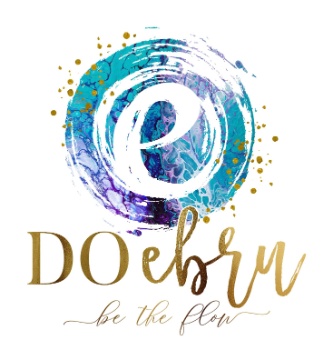Ebru, a paper-marbling method that originated in Turkey and central Asia involves a thick liquid, called size, made from substances such as cornstarch. In this method the liquid has to be thickened because the colors used are water-based and would otherwise not float. To make the colors float and spread even better they are mixed with surfactants then dropped onto the size, which results in a pattern of floating color that can similarly be transferred onto paper.
This ancient art technique actually involves a lot of science! The colors float because they are less dense than water.It is also important that the colors and the water do not mix. Whether a liquid mixes with another depends on their individual molecular structures. The molecules that make up a liquid can be either polar or nonpolar. The simple rule “like dissolves like” says polar substances dissolve in polar liquids and nonpolar substances dissolve in nonpolar liquids. Water is polar whereas oil is nonpolar, which is why they don’t mix.
Substances that dissolve in water are called hydrophilic; those that do not are hydrophobic. Surfactants are added to the colors to influence their spreading behavior. These special molecules can do this because they have two ends: one hydrophilic, the other hydrophobic. This property of surfactants allows substances to spread out better because it decreases water’s surface tension, which results from water molecules holding together at the surface because they are slightly attracted to one another—more than they are to the air above.
Quoted from: https://www.scientificamerican.com/article/make-marbled-cards-using-science/


0 Comments